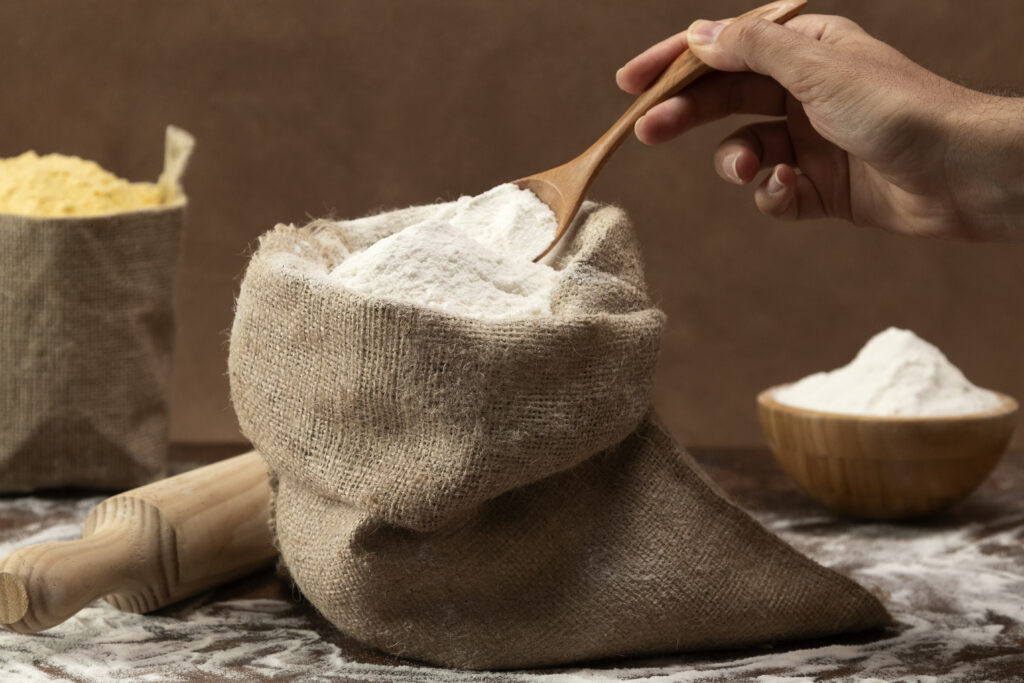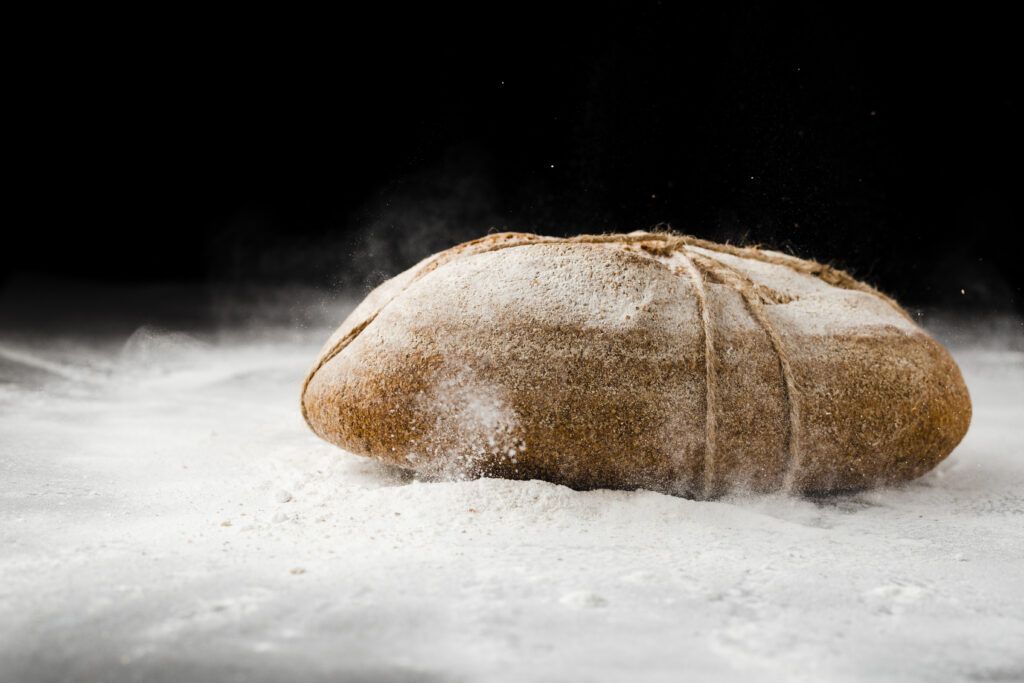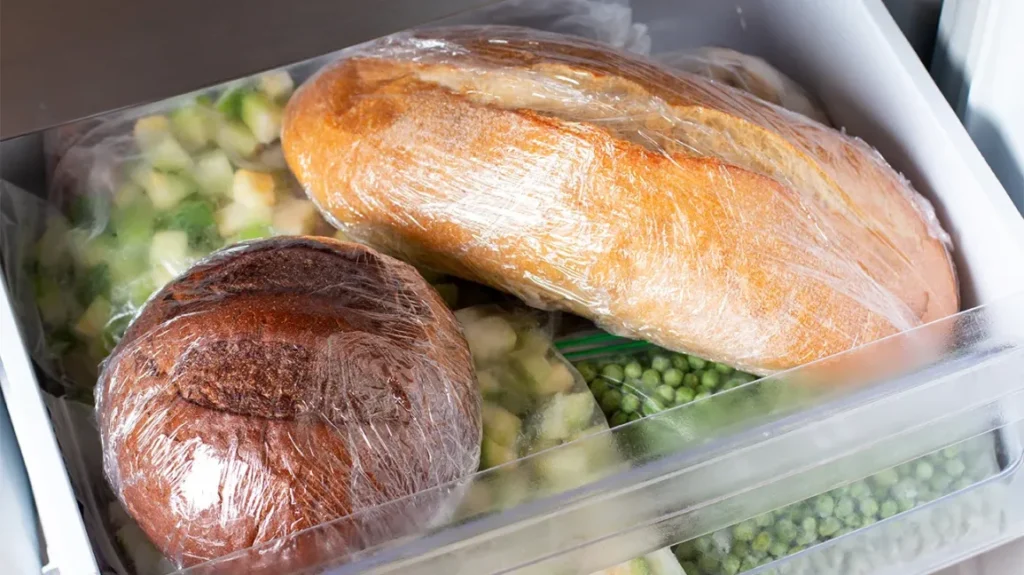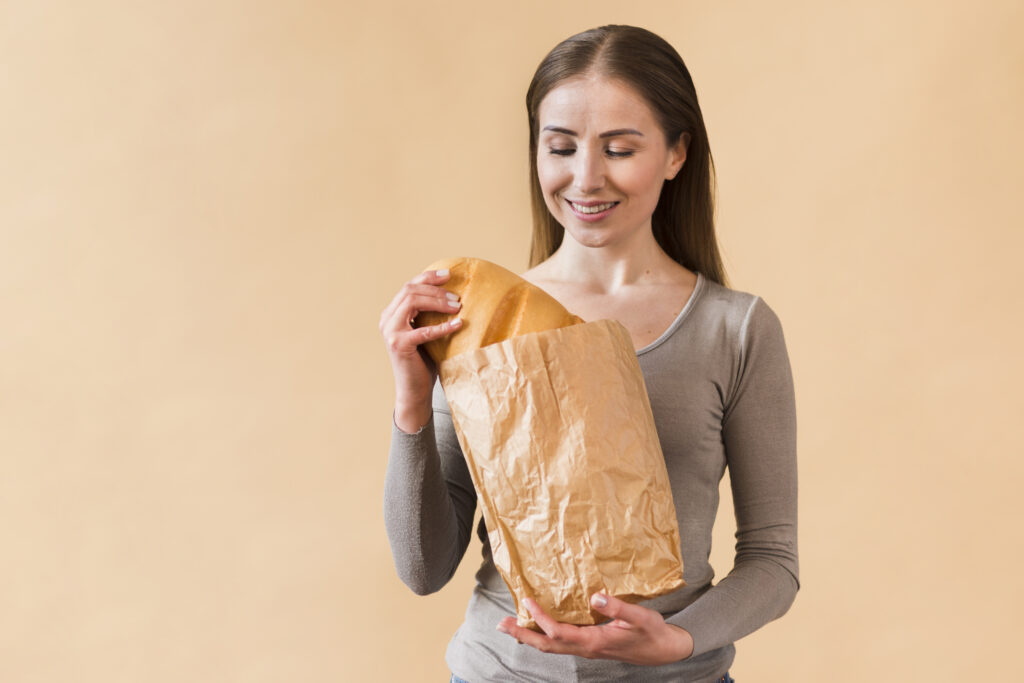Are you looking to boost the health benefits of your bread? You might have heard that freezing bread can make it healthier, with some enthusiasts suggesting it’s a game-changer for diabetics and even a friend to keto diets. While these claims have a kernel of truth, it’s essential to unpack the details and explore the caveats behind this popular tip. Let’s dive in!
Are you curious about the health benefits of freezing your bread? Many health enthusiasts are buzzing about how this simple trick can transform your loaf into a more nutritious option. When you freeze bread, it alters the starch structure, potentially lowering its glycemic index by up to 39% (especially when toasted!). This change can particularly benefit diabetes patients, but there’s more to the story.
While some claim that freezing bread can reduce the risk of metabolic disorders or help with weight management, the scientific evidence isn’t as robust as you might think. Perspectives vary widely among advocates: Some focus on blood sugar support, while others highlight weight loss. And let’s not forget the amusing claims that freezing bread makes it “keto-friendly.” The reality is that it remains a starchy food, whether frozen or not!
So, should you freeze your bread? Let’s explore the facts behind this widespread practice and what it really means for your health!
Understanding Resistant Starch

Resistant starch is a unique form of carbohydrate that our bodies digest more slowly than regular starch. While starch is primarily found in foods like white bread, potatoes, and rice, not all starches are created equal. When we consume regular starch, it quickly converts to glucose in our bodies. However, resistant starches evade rapid digestion and instead ferment in the large intestine, where they can provide beneficial nutrients.
One interesting aspect of resistant starch is how it forms. Cooking starches in water changes their structure, making them gelatinized. When these foods cool down, some of the starch retrograde, resulting in resistant starch type 3, which is not easily digestible.
Notably, freezing isn’t the only way to create resistant starch. Similar benefits can arise from cooking and then cooling rice or potatoes. Various starchy foods can also naturally contain some resistant starch.
Decoding the Glycemic Index
The glycemic index (GI) measures how quickly certain foods can elevate blood glucose levels after consumption. To determine this, participants typically consume a specified amount of food—like 50 grams of a particular cereal—and compare their blood sugar response to standard food, such as pure glucose.
Knowing the GI of foods can be crucial for managing spikes in blood sugar for individuals who monitor their blood sugar, like those with diabetes. Foods lower on the GI scale, such as sweet potatoes, tend to raise blood sugar more gradually, making them preferable for stabilizing glucose levels.
Research indicates that specific cooking methods or ingredients, like adding legumes, can lower a food’s GI. Factors such as ripeness and preparation may also influence how quickly glucose enters the bloodstream.
Limitations of Freezing Bread

Freezing bread might not yield the same benefits for store-bought varieties as homemade ones. Research indicates that while freezing homemade bread can lower its glycemic index by 31%, this effect is not seen with mass-produced bread, which doesn’t show significant changes when frozen. Toasting store-bought bread does lower its glycemic index by about 18%.
This discrepancy may be due to additives used in commercial bread that prevent the development of resistant starch. It’s important to note that the study only examined one homemade recipe and a single type of store-bought bread, suggesting that other factors, such as flour type, could also play a role.
However, many enthusiasts promoting this idea fail to clarify that it primarily applies to homemade bread, often using images of store-bought loaves in their discussions.
Minimal Impact of Freezing Bread on Calories
Some suggest that freezing bread can help reduce calorie intake by making it harder to digest. While this is technically accurate, the impact is negligible. For instance, a study found that the resistant starch content in frozen rolls slightly increased compared to fresh ones, but the difference in carbohydrate content is minimal—only about 0.1 grams per slice of bread. Since carbohydrates typically have 4 calories per gram, this results in a calorie saving of less than one calorie, indicating that freezing bread has little effect on overall calorie consumption.
Meal Pairing Matters for Blood Sugar Control
To minimize spikes in blood sugar, it’s crucial to think about what accompanies your foods instead of just how they’re prepared. The glycemic index of items is assessed in lab settings and may not truly represent their effects when consumed as part of a full meal. For example, while plain white rice has a high glycemic index, mixing it with beans can substantially lower the overall glycemic response.
This illustrates that modifying the glycemic index alone doesn’t imply that food is healthier. Combining rice with fiber-rich foods like vegetables can help reduce blood sugar levels more than eating it alone or with high-sugar sauces.
It’s beneficial to consider the complete meal rather than just individual ingredients. The impact of eating rice as part of a stir-fry loaded with vegetables is much more significant than simply focusing on a minor index adjustment.
Conclusion: The Real Scoop on Freezing Bread

Our discussion found that freezing bread can lower the glycemic index, particularly for homemade varieties, but not store-bought options. While there’s some evidence of health benefits, such as the role of resistant starch, claims about preventing metabolic disorders or aiding weight management lack strong support. Additionally, the glycemic index is affected by meal combinations, highlighting the importance of how foods are consumed together.
Have you tried freezing your bread or have tips for managing blood sugar? We’d love to hear from you in the comments! Don’t forget to share this post with friends who might find it useful. Let’s keep the conversation going!




